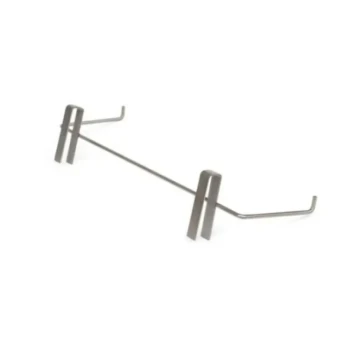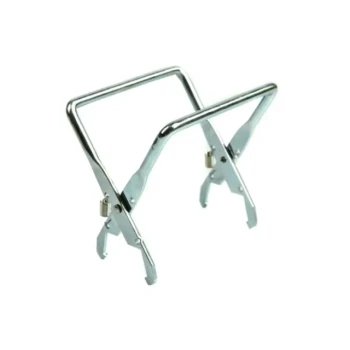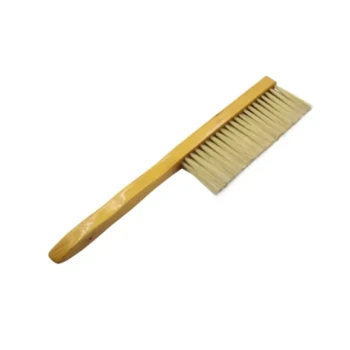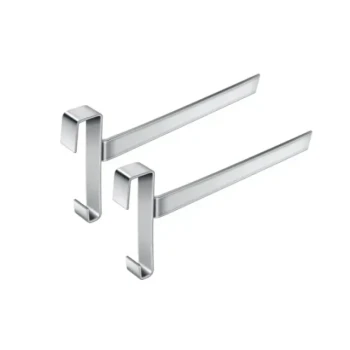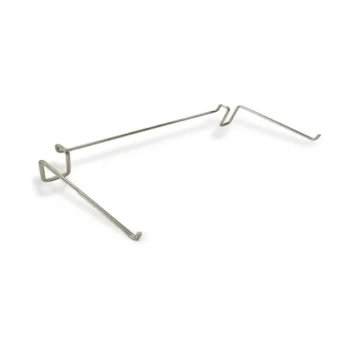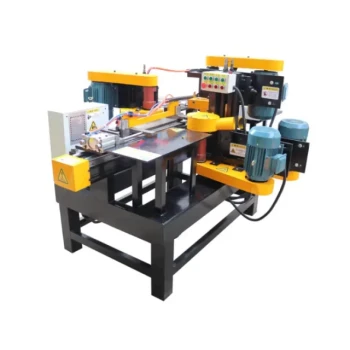In beekeeping, the two primary styles of veils are the traditional round veil and the more modern fencing veil. The round veil is a cylindrical mesh screen that offers 360-degree vision and is held away from the head by a rigid brim. In contrast, the fencing veil is a collapsible hood supported by internal hoops, resembling a fencer's mask, and typically zips directly onto a bee suit or jacket.
The choice between a round and a fencing veil is not merely about appearance. It represents a fundamental trade-off between maximum visibility and airflow versus integration, security, and ease of storage.
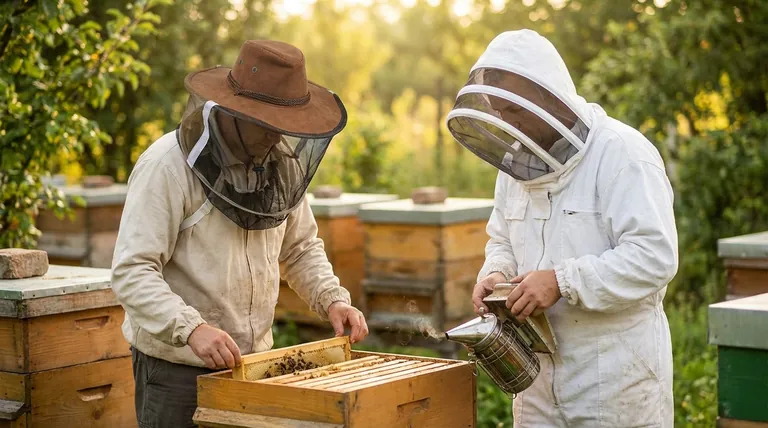
The Purpose of a Beekeeping Veil
Before comparing designs, it's crucial to understand the veil's non-negotiable function. Its sole purpose is to protect your face, head, and neck from bee stings while you work with your hives.
Core Construction
A veil uses a fine mesh screen that is dark in color. This dark material is easier to see through than a light-colored mesh, as it reduces glare from the sun. The mesh must be fine enough to prevent bees from passing through but open enough to allow for adequate ventilation and vision.
The Two Core Designs: Round vs. Fencing
While many variations exist, they almost all fall into one of two design philosophies. Understanding these two categories will allow you to make an informed decision.
The Round Veil (Traditional Cylinder)
The round veil is the classic design. It consists of a wide-brimmed hat with a cylinder of mesh extending down to your shoulders.
This design provides a complete, 360-degree field of view. Because the rigid brim holds the mesh far away from your face on all sides, it also offers excellent ventilation, making it a preferred choice in hotter climates.
The Fencing Veil (Modern Hood)
The fencing veil is a more contemporary design that is structured with hoops to keep the mesh away from the front and sides of your face. It resembles the mask worn in the sport of fencing.
This style almost always zips directly onto the collar of a bee jacket or full suit, creating a very secure seal. Its main advantages are its collapsibility for easy storage and the integrated, secure feeling it provides.
Understanding the Trade-offs
Neither design is universally superior. The best choice depends on your priorities and working conditions.
Visibility vs. Security
A round veil offers completely unobstructed peripheral vision, which many beekeepers value for situational awareness.
A fencing veil provides excellent forward vision but can have minor blind spots at the sides. However, its direct zipper attachment to a suit is often considered more secure, leaving no gaps for a determined bee to exploit.
Airflow vs. Portability
The round veil’s distance from the face creates a "chimney effect," promoting better airflow and keeping you cooler.
The fencing veil sits closer to the head, which can trap more heat. Its significant advantage is that it collapses flat, making it far easier to transport and store than a bulky round hat.
Obstruction and Ease of Use
The wide brim of a round veil can sometimes be cumbersome, catching on branches or the hive itself when you lean over.
The fencing veil's more compact profile generally stays out of the way. The quick zip on/off function is also seen as a major convenience by many beekeepers.
Choosing the Right Veil for Your Needs
Your decision should be based on your climate, work habits, and personal comfort.
- If your primary focus is maximum visibility and ventilation: The traditional round veil is an excellent choice, particularly if you are working in a hot and humid environment.
- If your primary focus is a secure seal and convenient storage: The integrated fencing veil is the modern standard for its secure connection and portability.
- If you are a beginner: A full or jacket-style bee suit that comes with an integrated and interchangeable veil system offers the most flexibility and safety as you start your journey.
Ultimately, the best veil is the one you will wear correctly and confidently every time you approach your hives.
Summary Table:
| Feature | Round Veil (Traditional) | Fencing Veil (Modern) |
|---|---|---|
| Design | Cylindrical mesh on a wide-brimmed hat | Collapsible hood with hoops, zips to suit |
| Visibility | 360-degree, unobstructed peripheral vision | Excellent forward vision, potential side blind spots |
| Ventilation | Superior airflow (chimney effect) | Less airflow, can trap heat |
| Security | Good, but potential gaps | Excellent, secure zipper seal |
| Portability | Bulky, less portable | Collapses flat, easy to store/transport |
| Best For | Hot climates, maximum visibility & airflow | Secure seal, convenience, and portability |
Ready to Choose the Right Veil for Your Apiary?
Whether you manage a large commercial operation or supply equipment to distributors, selecting the right protective gear is critical for safety and efficiency. HONESTBEE supplies high-quality beekeeping veils, suits, and equipment designed for the demands of professional beekeepers.
We offer durable, reliable gear that protects your team and enhances productivity. Let us help you equip your beekeepers with the best.
Contact HONESTBEE today for wholesale pricing and expert advice on the right protective equipment for your needs.
Visual Guide

Related Products
- Heavy Duty Cowboy Beekeeper Hat with Visibility Veil Outdoor Professional Beekeeping Protective Gear
- Square Folding Bee Hat Veil with String for Beekeeping
- Cotton Beekeeping Suit and Round Hat with Veil Bee Keeper Protective Gear
- Beekeeper Cowboy Hat and Veil for Beekeeping
- Yellow Plastic Bucket Pail Perch for Beekeeping
People Also Ask
- What activities is the beekeeping hat suitable for? Beyond the Hive for Ultimate Outdoor Protection
- How should the beekeeping hat veil be cleaned? The Only Safe Method to Preserve Protection
- What are the benefits of the lightweight fabric used in the beekeeping hat veil? Enhanced Visibility & Comfort for Hive Work
- Why is head protection important for beekeepers? Essential Safety for Confident Hive Management
- How does the design of the beekeeping hat ensure comfort during extended use? Maximize Comfort for Long Apiary Hours






